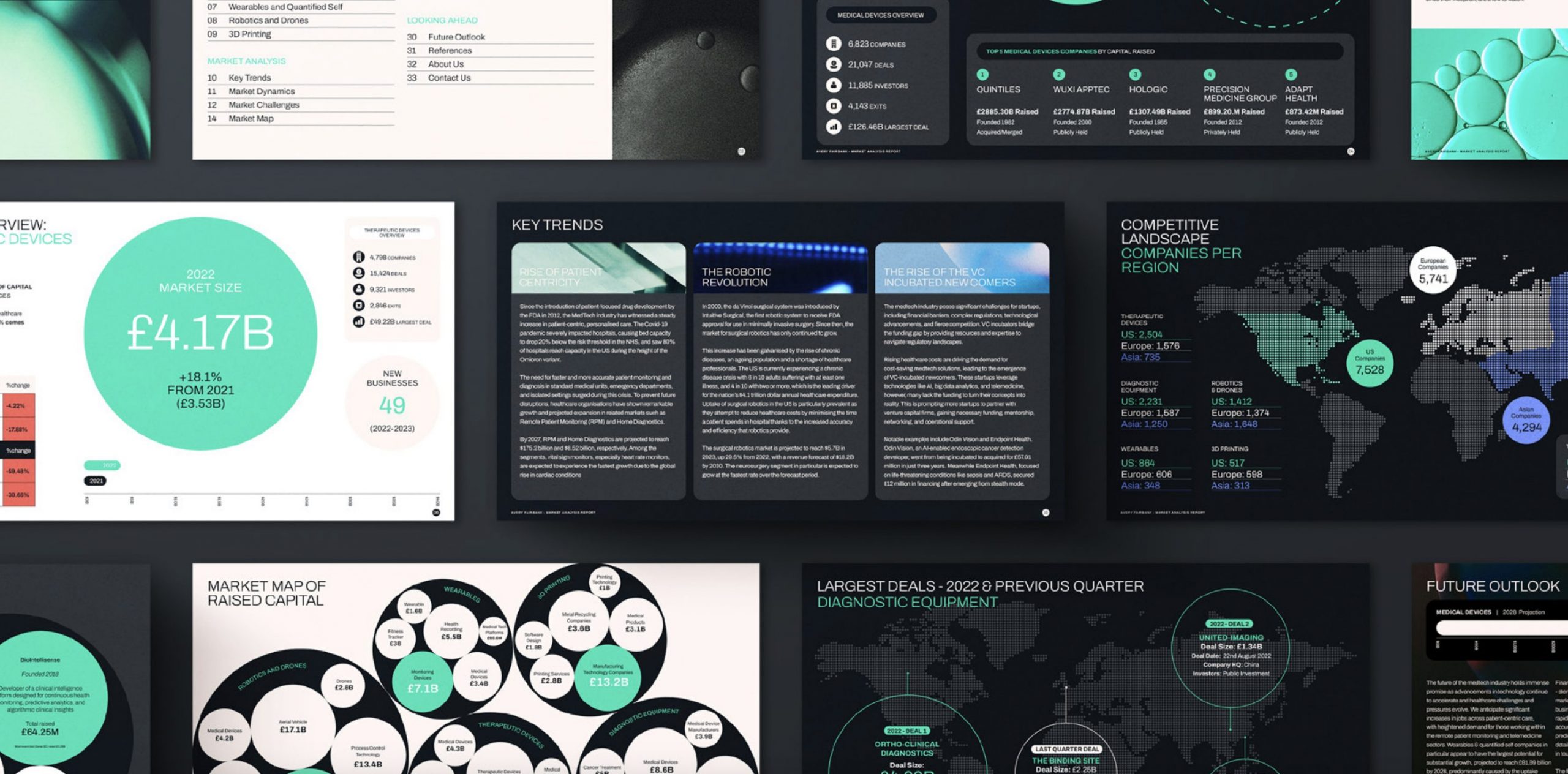November 22, 2023
IoT and AI are currently two of the most prominent topics in technology, underscoring the importance for enterprise technologists to have a thorough understanding of them. These technologies have a symbiotic relationship, making it essential to strategise their integration to maximise benefits for enterprise users.
Understanding IoT
The Internet of Things (IoT) refers to a network primarily composed of devices, not people. IoT applications typically consist of devices that detect conditions in the physical world and then initiate actions in response. These responses often have a direct impact on the physical world. For instance, a basic IoT application might involve a sensor that switches on lights when triggered. However, more complex IoT applications require intricate rules to connect triggers and control elements for managing real-time processes.
In IoT, the concept of a control loop is fundamental. It is the pathway through which trigger and action messages travel. The core of this loop, where IoT rules are established, is the segment that receives triggers and initiates corresponding actions.
However, the control loop represents just one aspect of the broader information flow in an IoT application. This part handles the reception of real-world process information and the generation of real-world responses. In addition to this, most IoT applications also produce business transactions. For example, scanning a shipping manifest at a warehouse entrance not only activates a control loop to open the gate for the driver but also triggers a business transaction to record the received goods in inventory. Decision-making within the control loop must adhere to specific application latency requirements, often described as the length of the control loop.
Control loops in IoT systems sometimes need only basic processing to respond to an event and generate a real-world action. A straightforward example is inputting a code to unlock a gate. However, more complex scenarios require advanced processing for decision-making. When multiple factors influence these decisions, the time taken can impact the length of the control loop and, consequently, the effectiveness of the IoT system. For instance, a delay of thirty seconds for a worker to scan a manifest at a freight yard entrance could lead to reduced yard throughput. By contrast, an IoT system that quickly reads a QR code on the manifest can expedite the goods’ movement.
AI sensors are capable of producing vast amounts of data, invaluable both for immediate process control and for broader business analysis and optimisation. AI can significantly enhance both these areas, improving both efficiency and accuracy. However, it’s important to recognise that not all AI technologies are identical or equally suited for every control or analysis task.
What is AI?
Artificial Intelligence (AI) encompasses a range of applications that discern conditions and make decisions akin to human sensory responses, but without the need for direct human oversight.
The Four Main Types of AI
AI technology manifests in various forms, from the basic to the highly complex:
Simple or Rule-Based AI: This form of AI operates on predefined rules linking specific events to actions. While some may not consider this true AI due to its programmed nature, it forms the basis of many AI platforms.
Machine Learning (ML): Here, AI learns behaviours through observation rather than programming. This learning could involve monitoring real-time systems and mimicking human responses under similar conditions, either by analysing past behaviours or utilising expert-provided data.
Inference or Neural Networks: This advanced AI form uses an engineered system resembling a basic biological brain to deduce and respond to conditions. It’s predominantly used in image analysis and complex analytics.
Generative AI: Exemplified by systems like ChatGPT, generative AI analyses millions of online documents to build a knowledge base. It then responds to plain-language queries using this knowledge and engineered rules. The extensive knowledge base and sophisticated rule sets can make this AI appear almost human, marking a pinnacle in current AI development.
Each of these AI forms aims to replicate aspects of human intelligence, with their resemblance to actual human thought processes increasing from the first to the fourth type. AI systems can also be categorised based on their evolution towards intelligence, as shown in Figure 2. Most AI experts agree that present AI technologies predominantly align with the first two categories, with ongoing research striving to progress towards the more advanced forms on the right.
The Symbiotic Relationship Between AI and IOT
In the Internet of Things (IoT), real-world events trigger responses, often processed through software, aligning IoT closely with AI. The challenge for IoT practitioners is not whether to employ AI, but rather the extent to which AI’s capabilities can be maximised, depending on the complexity of the IoT system in question.
Simple AI in IoT might execute a command like, “If the trigger is activated, switch on light A.” A more advanced AI application could add a condition, such as darkness, to the trigger. This involves not only recognising the event (trigger activation) but also understanding the state (darkness). While programmers can map these scenarios using state/event tables, this approach is limited to scenarios with few, easily identifiable states.
AI’s Role in Enhancing IoT Control Loops
Inferential AI, ML, and generative AI necessitate both a knowledge base and a rule set. Control loop applications in IoT generally don’t extend beyond ML, primarily due to the quick response times required.
Even basic AI can improve control loops. Consider a truck arriving at a warehouse: simple AI might allow the driver to enter a code at a security gate, thus eliminating the need for a manned gate. A more sophisticated system could scan a barcode or RFID on the vehicle, granting access more swiftly. Further AI analysis, like examining the bill of lading, could direct the truck efficiently, optimising unloading or loading times.

When an IoT system needs to analyse multiple conditions for a response, simple AI might not suffice. For instance, if the system must respond to a more subjective state like “I need more light” rather than a specific trigger, simple AI falls short.
In such cases, ML AI could learn from patterns, like a truck’s arrival at a warehouse, and activate lights based on observed needs. Alternatively, an expert might guide the AI in understanding when additional lighting is necessary. This would remove the need for programming each specific IoT application.
Inference AI and Generative AI in IoT
Inference-based AI in IoT aims to collect extensive information, akin to human sensory perception, and apply inference rules to decide actions like lighting adjustments. However, the latency involved with such complex AI might necessitate separating analysis from immediate control loop actions.
This more intricate AI can respond to a broader range of conditions without explicit programming. For example, it could determine the need for additional workers based on the urgency of goods, schedule delays, or worker availability, enhancing goods movement and overall warehouse efficiency. This level of AI processing could offer similar benefits across various sectors, improving efficiency and responsiveness in numerous applications.
AI’s Application in Complex IoT Systems
In IoT, control loops typically rely on straightforward rules, often resembling traditional programming more than AI engineering. However, IoT applications that analyse historical data for decision-making, especially in planning contexts, may benefit from more advanced AI tools such as inference engines and generative AI.
Although generative AI has received much attention, most discussions focus on its use with extensive internet-based knowledge bases, not the private, user-collected data prevalent in IoT. Therefore, the relevance of current generative AI narratives to IoT is uncertain. Distinguishing between generative AI using local knowledge bases and the commonly used ML or inference AI in analytics can be challenging. It’s crucial for prospective users to discern between genuine utility and market hype when considering generative AI for IoT projects.
Conclusion
IoT aims to automate real-world processes using computer tools, thereby reducing the need for direct human involvement. While IoT’s goal is to diminish human labour, it doesn’t negate the necessity for human insight and decision-making. AI enters the picture here, potentially augmenting IoT systems significantly, provided the AI tools employed offer advancements beyond basic IoT programming and controllers, and do not introduce delays that could impact real-time control.
As AI technologies evolve to more closely replicate human capabilities, their potential to enrich IoT applications increases. Given the rapid advancement of the field, IoT practitioners should stay informed about AI developments, keeping an eye out for new possibilities and synergies between these two domains.
Our expert team specialises in identifying top-tier talent in AI and IoT, ensuring your organisation remains at the forefront of technological progress. If you’re looking to enhance your team with key innovators who can drive AI and IoT advancements, we invite you to visit our website for detailed information about our executive search services. For a personalised conversation about your unique requirements, please don’t hesitate to reach out to us at a time that suits you.

Published on 22-11-2023


